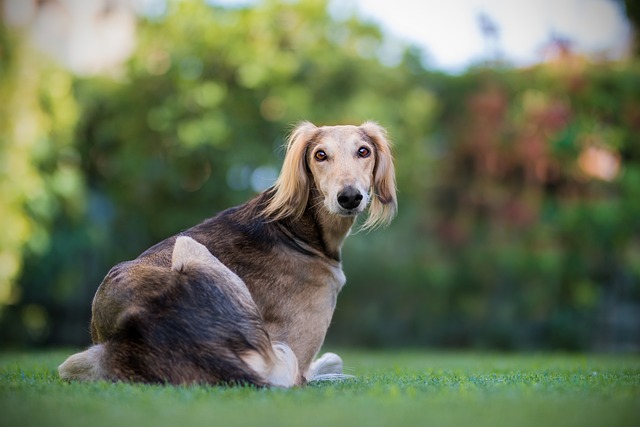
How do i train my dog to be obedient?
Watching your dog dart across the park ignoring your calls isn’t just frustrating—it can put them at risk near busy streets or public spaces.
When a fluffy little creature steps into our home, it brings not only endless joy but also a series of daily trivia that require patience to deal with. Among them, training a dog not to relieve itself indoors is a major challenge faced by many dog owners. This process not only tests the owner's patience and wisdom but also involves the cultivation of a deep emotional bond between humans and dogs.
Just like humans, dogs have their own unique physiological rhythms and behavioral habits. To successfully train a dog not to excrete indoors, it is essential to have an in-depth understanding of their habits first. Dogs usually need to relieve themselves shortly after eating or drinking, or after waking up or playing for a while. By nature, they like to solve their physiological needs in a fixed place, which stems from their sensitivity to smells. Familiar smells can make them feel at ease. Therefore, when a dog first arrives in a new environment and is faced with unfamiliar smells and spaces, it may relieve itself randomly indoors because it can't find a suitable place. At this time, the owner should never just scold the dog blindly, because the dog doesn't do it on purpose; it just doesn't understand the owner's expectations yet.
To train a dog not to relieve itself indoors, establishing a regular daily routine is of great importance. Feed and hydrate the dog regularly and in appropriate amounts every day. Generally speaking, puppies can be fed 3 to 4 times a day, while adult dogs can be fed 2 to 3 times. This can help the dog form a stable digestion cycle, making it easier for the owner to predict its excretion time. For example, within 20 to 30 minutes after the dog eats or after it wakes up, you can take it to the designated excretion place. This place can be the balcony at home, the yard, or a corner where special pee pads are laid. At the beginning, the dog may not understand the owner's intention and will explore around. But as long as the owner has enough patience and persists in guiding the dog at the fixed time every day, the dog will gradually associate this place with excretion.
 After guiding the dog to the designated place, give it enough time to finish relieving itself. Some owners may be in a hurry and take the dog back indoors if it doesn't relieve itself within a few minutes after taking it out, which will make the dog confused. Generally speaking, waiting for 10 to 15 minutes is a reasonable amount of time. During the waiting process, the owner can soothe the dog in a soft voice to help it relax. If the dog successfully relieves itself at the designated place, be sure to give it a reward in a timely manner. The reward can be delicious snacks, such as small pieces of dried chicken or cheese cubes, or it can be enthusiastic praise and gentle petting. Dogs can keenly sense the owner's emotions, and this positive feedback will let them know that relieving themselves at this place is the right behavior, thus reinforcing this behavior.
After guiding the dog to the designated place, give it enough time to finish relieving itself. Some owners may be in a hurry and take the dog back indoors if it doesn't relieve itself within a few minutes after taking it out, which will make the dog confused. Generally speaking, waiting for 10 to 15 minutes is a reasonable amount of time. During the waiting process, the owner can soothe the dog in a soft voice to help it relax. If the dog successfully relieves itself at the designated place, be sure to give it a reward in a timely manner. The reward can be delicious snacks, such as small pieces of dried chicken or cheese cubes, or it can be enthusiastic praise and gentle petting. Dogs can keenly sense the owner's emotions, and this positive feedback will let them know that relieving themselves at this place is the right behavior, thus reinforcing this behavior.
However, the training process is not always smooth sailing. Dogs may pee and poop indoors for various reasons. For example, a sudden change of living environment or the arrival of strangers at home can make the dog feel nervous and uneasy, thus disrupting its original excretion routine. When you find that the dog has made a mistake indoors, never beat or scold it. Because beating and scolding not only can't make the dog understand the owner's intention but may also make it feel afraid, creating a distance between the dog and the owner. The correct way is to stop it in a serious tone and then quickly take it to the designated excretion place. If the dog continues to relieve itself during this process, give it a reward as well, so that it knows that even if it is moved halfway, as long as it finishes relieving itself at the correct place, it will still be recognized.
Dogs with different personalities will show different behaviors during the training process. Some dogs are lively and curious, and they may get distracted during the training process and not be focused enough on relieving themselves. For such dogs, the owner needs to be more patient and increase the frequency and duration of the training. You can use some small toys to attract the dog's attention before each training session to make it concentrate. Some dogs are more timid and sensitive in character, and they may be cautious during the training because they are afraid of making mistakes. For these dogs, the owner should give more encouragement and comfort, use a gentler tone, and avoid giving overly strict instructions that may make them feel stressed.
During the process of training a dog not to relieve itself indoors, the emotional bond between the owner and the dog plays a crucial role. Dogs are animals that rely heavily on their owners, and they long for the owner's recognition and love. When the owner devotes himself fully to the training and guides the dog with patience and love, the dog will also feel the owner's sincerity and be more willing to cooperate. Every successful guidance and every moment of reward deepen the trust and tacit understanding between the owner and the dog.
Training a dog not to relieve itself indoors requires the owner to invest time, patience, and love. Although this process is full of challenges, when you see that the dog has finally learned to relieve itself at the designated place, that the problem of indoor excretion no longer troubles the home, and that the dog can move around indoors more freely, the sense of relief and joy is beyond words. This is not only the cultivation of the dog's living habits but also a process of warming up the relationship between the owner and the dog, laying a solid foundation for a harmonious and wonderful coexistence in the future.

Watching your dog dart across the park ignoring your calls isn’t just frustrating—it can put them at risk near busy streets or public spaces.
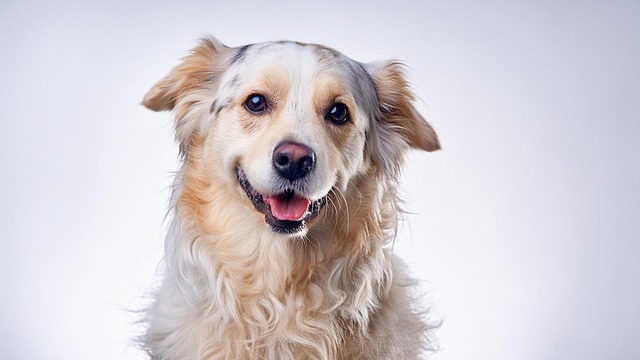
New puppy owners often find themselves rushing to clean up accidents before they set in, and that’s where puppy pad training becomes a game-changer.

If you've noticed your dog's waistline disappearing and your veterinarian has mentioned those few extra pounds, your first instinct might be to simply reduce the amount of food in their bowl.
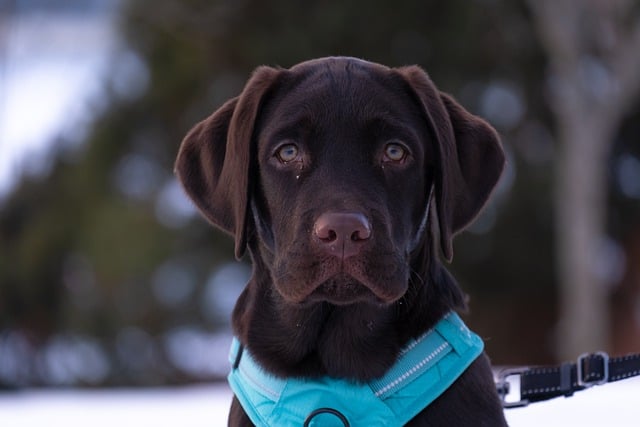
Training a dog to use a designated spot indoors isn’t as daunting as many new owners fear, but it does take consistency and an understanding of your pet’s needs.
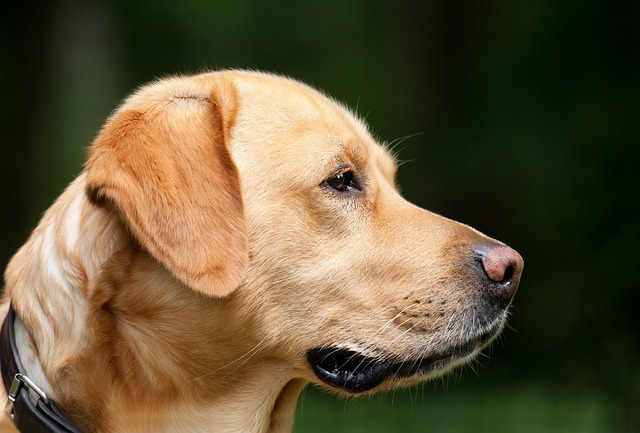
That moment of dread on a walk is all too familiar for many new dog owners. You see another dog approaching down the sidewalk of your neighborhood
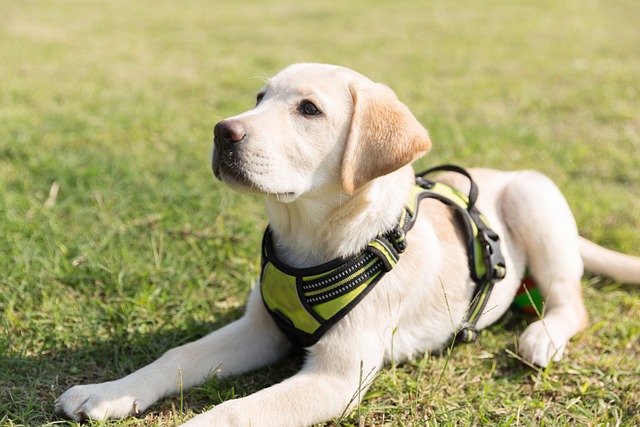
If the sight of another dog on your neighborhood walk makes your heart sink as your own dog erupts into a frenzy of barking and lunging, you're not alone.